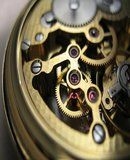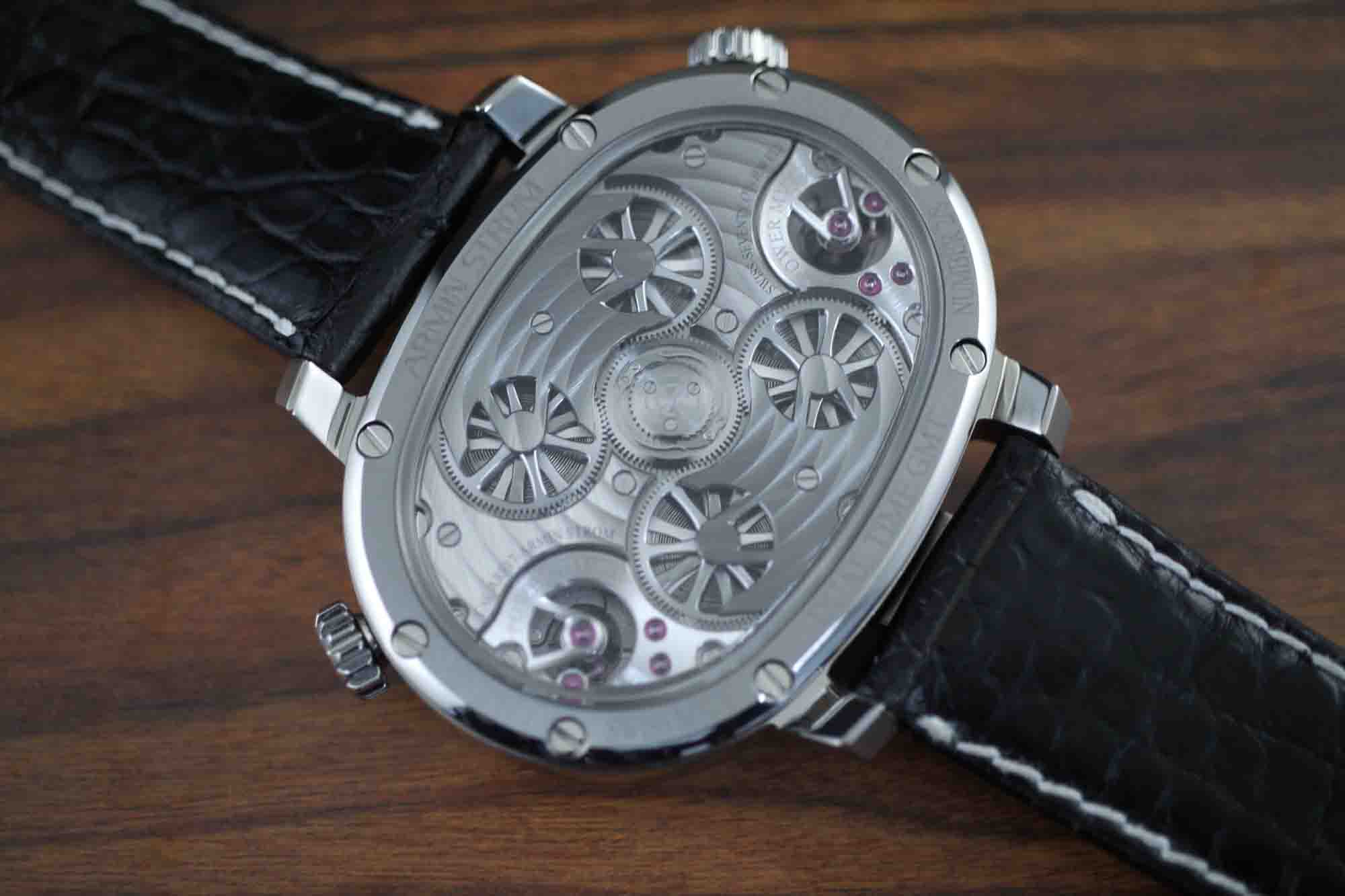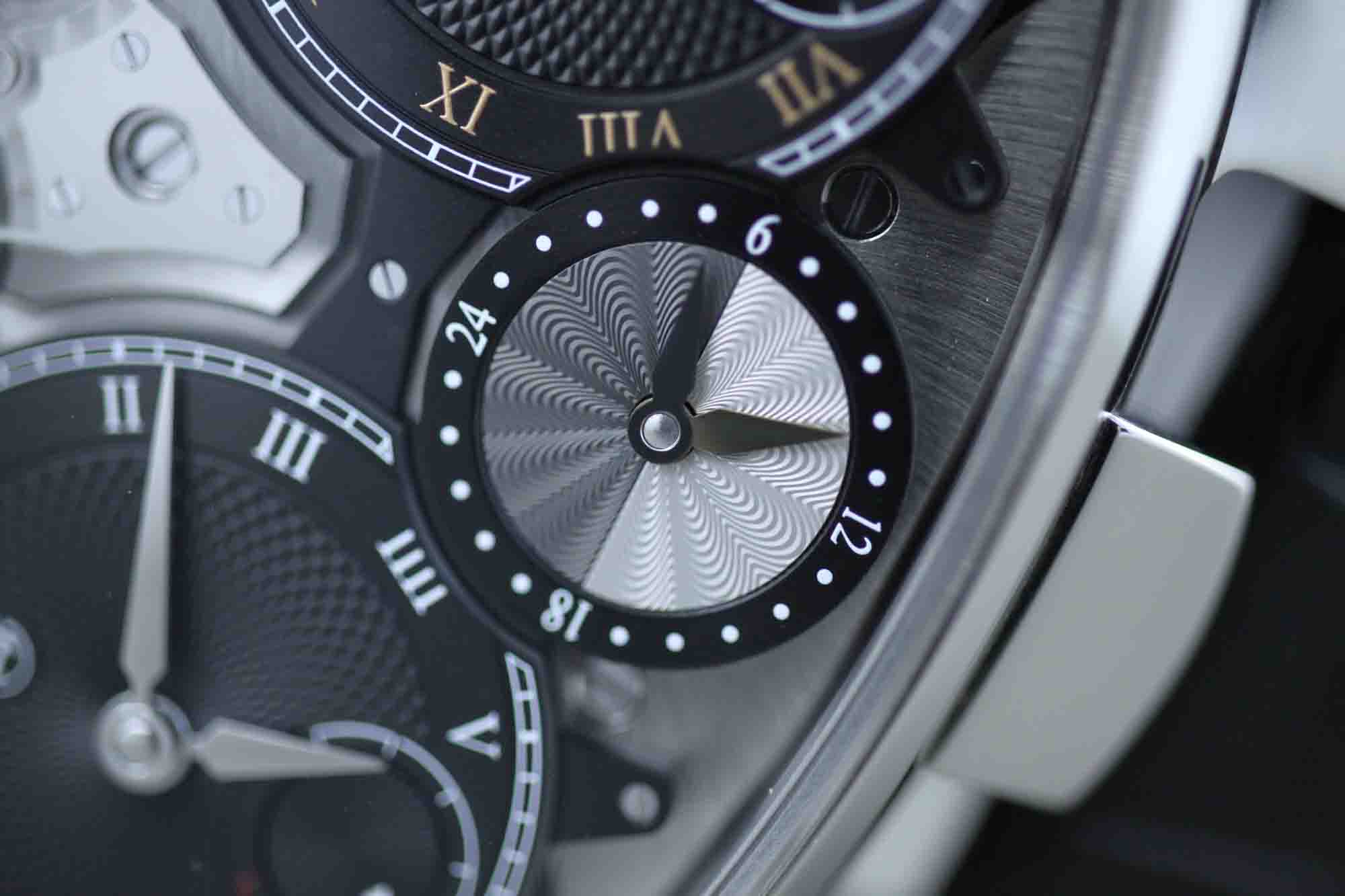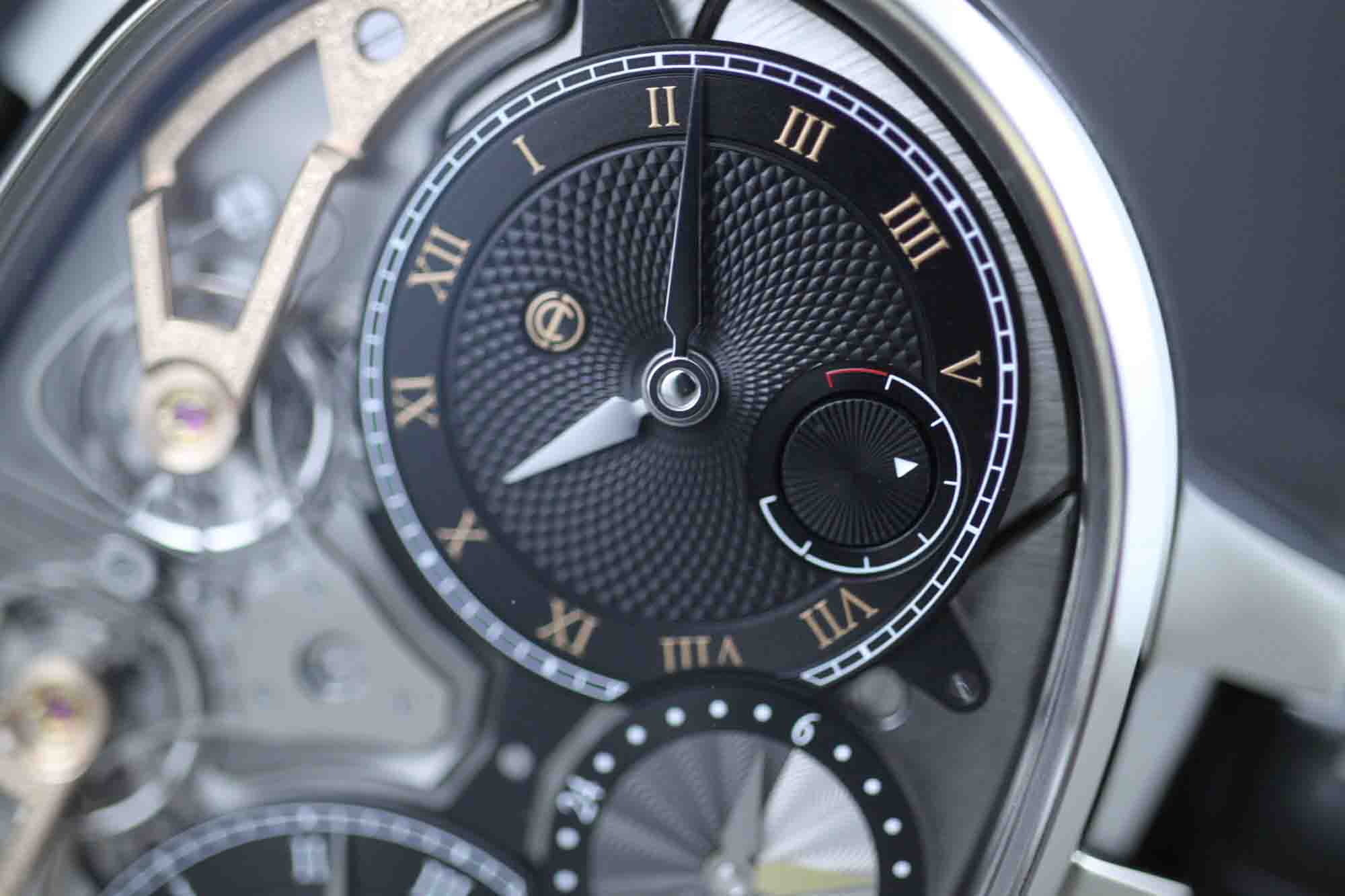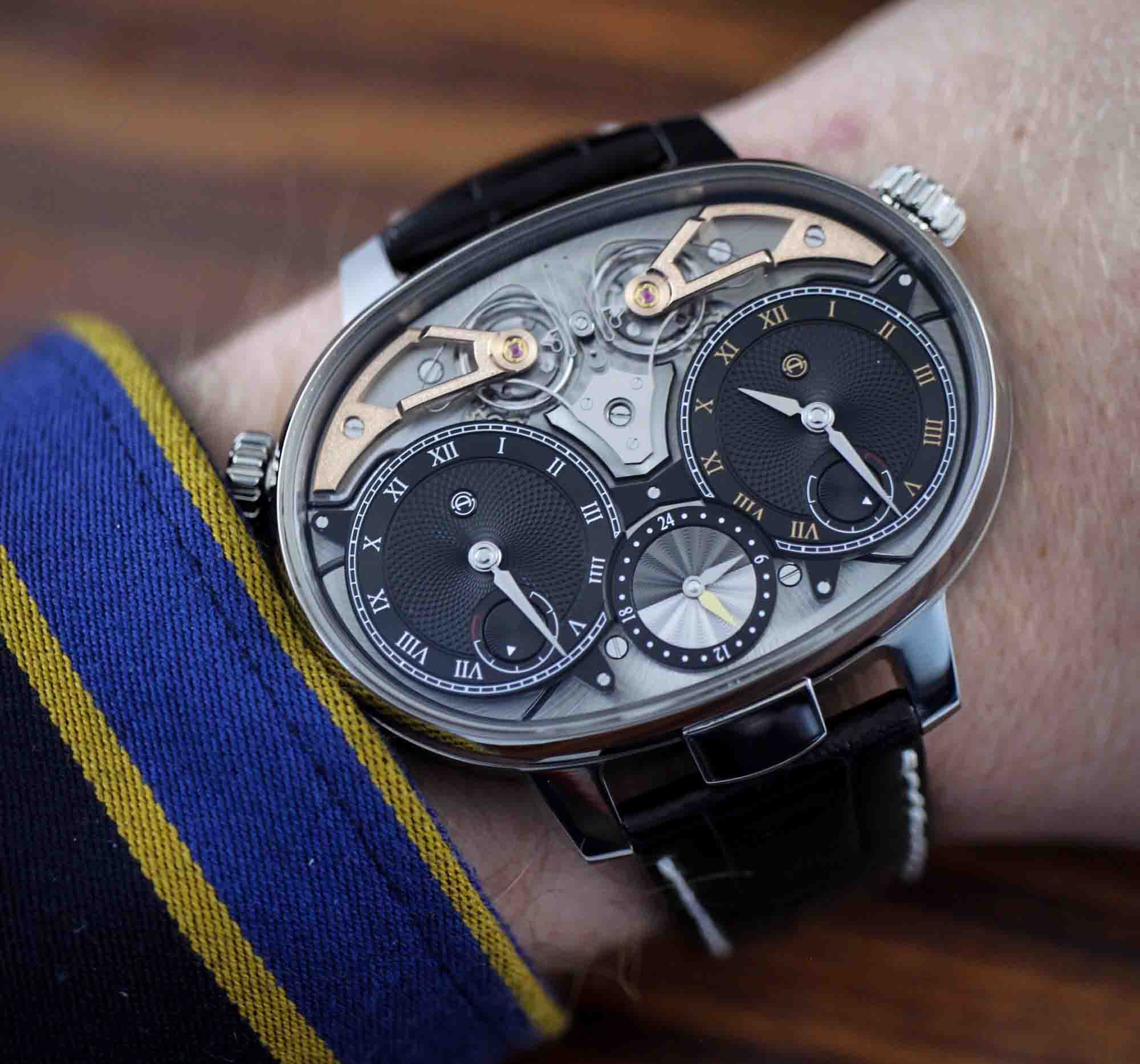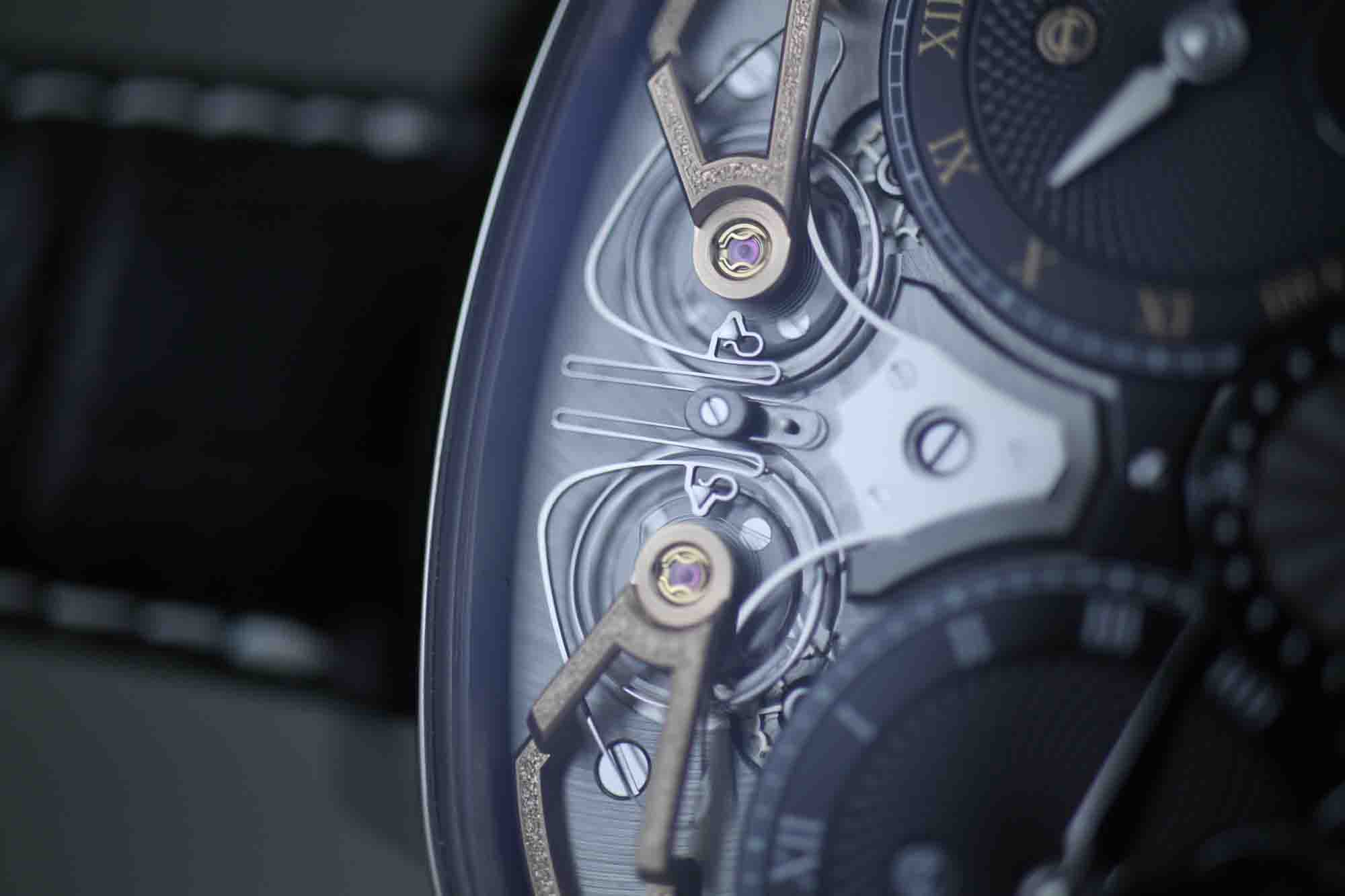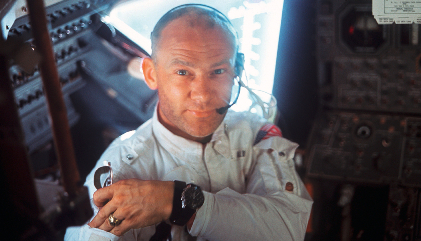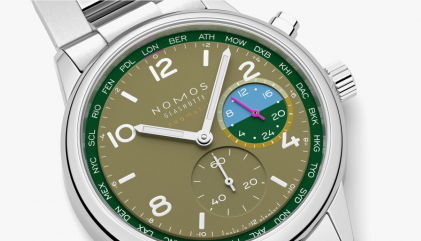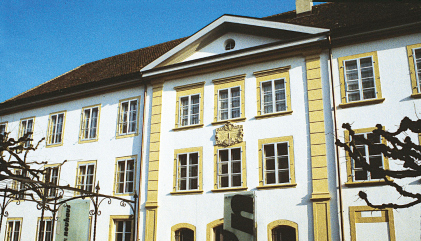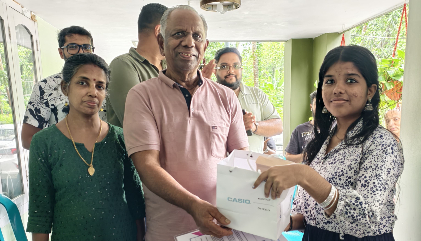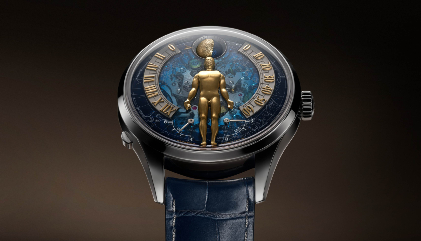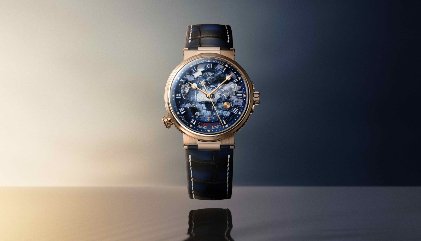More so than any other brand in contemporary watchmaking, Armin Strom has made the pursuit of resonance a full-fledged part of its identity. The concept of resonance is a noble one that remains out of reach for even the most prestigious of the Swiss marques. Only a few brands are able to bear down and focus on the duelling construction necessary to create the harmonious hum that is able to increase accuracy by, according to Armin Strom, up to 20 per cent compared to a typical COSC-certified watch.
The past few years for Armin Strom have seen the brand develop resonance in unforeseen ways. Their first entry was the Mirrored Force Resonance from 2016 that was then followed by this year’s Pure Resonance, a release that boiled down the complicated manufacturing process into its clearest and most idealistic form. This year Serge Michel and Claude Greisler, the twosome behind Armin Strom, have taken their resonance affair to the next level in the Masterpiece 1 Dual Time that combines two independent movements that are able to show two different time zones at the same time and are, of course, balanced courtesy of the brand’s patented coupling spring that allows the two duelling gear trains to remain in sync.
The Dual Time Resonance is the first in a new collection for the brand billed as Masterpiece. The travel-time model has been given the requisite indicator of Masterpiece 1, of course, and Michel has said that the collection will revolve around bringing together multiple complications for a highly-limited crowd of experienced collectors (the first Dual Time release in grade 5 titanium is limited to eight pieces).
The two independent time indications, which feature guilloché completed by Comblémine (Kari Voutilainen’s workshop), are not alone on the oval-shaped case structure, in fact they are joined by two power reserve indicators that are placed within each dial and a single 24-hour indicator set between the two complementary dials that displays the time for both indicators simultaneously via two small hands.
The twin movements are billed as manually-wound manufacture caliber ARF17 (although there are two crowns, all winding action takes place courtesy of the right-facing crown which winds both gear trains) with a 110-hour power reserve for each movement that comes from the four barrels.
The Armin Strom Masterpiece 1 Dual Time Resonance is one of the biggest surprises to come in the latter half of 2018. It’s an indicator of Armin Strom’s continued pursuit of resonance and the sort of applications the technology may have in horology moving forward. To gain a little more insight on the latest development from the brand, we sat down with Serge Michel when he was in New York recently to learn a little bit more about the future of the Masterpiece Collection, the development of the brand’s first travel-time model, and what makes the concept of resonance so appealing.
WT: There was the Mirrored Force Resonance in 2016, the Pure Resonance earlier this year, and now a GMT model with the Masterpiece 1 Dual Time. Why was a travel-time watch the next evolution for Armin Strom’s resonance experiments?
SM: For me personally, it’s a really useful complication. And when it comes to complicated watches, there’s so many different things, and so many complications, that nobody uses. And the dual time zones, if you travel a lot, it’s really a complication that makes sense. And, of course, we have two movements to get the phenomenon of resonance, it’s a logical step to add a second-time zone.
WT: What attracts you to the concept of resonance? It’s obviously been the focus of Armin Strom for the past few years.
SM: What fascinates me about the phenomenon of resonance is that it’s something that is extremely difficult to achieve, just to get these physics going on in a wristwatch. And the ultimate goal of watchmaking in history has always has been to achieve better accuracy. And this is what we get. We get 15 to 25 percent better accuracy with a resonance coupling spring between the two balance wheels.
In terms of marketing and selling, we used to do many tourbillions. But there were a few brands launching cheaper tourbillions, so our market really broke. We needed an alternative because we didn’t want to, and we were not able to, master a tourbillion for $20,000, or $30,000, or somewhere in that range. [Especially] with all the decorations that we put into the watches, a tourbillion at Armin would cost $80,000 plus. It got more difficult to sell, honestly, so we were looking for an alternative, and resonance is something, which is, definitely for us, a great alternative. It’s a unique complication and there are only a few brands mastering resonance, and the concept we have, with this so-called coupling spring, between the two balance wheels is unique.
WT: Symmetry is obviously very important for resonance. Can you talk about how that influences your design, specifically with the dual time resonance, where we have these duelling dials?
SM: We wanted to have more of a focus on the complication. On the Mirror Force Resonance, the complication was on the left side of the watch; with the dual time, it’s really the centre of the piece. You have to look at it. The design was built around the complication. Of course it’s a special shape, the oval shape. I think it was a bold move, at first I was a bit skeptical.
WT: A little nervous?
SM: When I had the first prototype in plastic on my wrist, I thought, “Ugh, maybe it’s too big.” But when I saw it in real, in metal, and put it on a wrist, [I thought] it’s quite comfortable, it sits very well on the wrist. It’s oval shaped, and it’s wide from side to side, and then on the top, it’s quite comfortable.
WT: The Dual Time Resonance is the first watch in the new Masterpiece Collection.
SM: Yes, the Masterpiece Collection. For me, all our pieces are masterpieces, but there is more than one complication here, that’s why I think we definitely can call this a masterpiece.
WT: Moving forward, will everything in the Masterpiece bring together multiple complications?
SM: Yes.
WT: Will it be solely focused on resonance?
SM: For the moment, yes. We’re focusing on resonance. We already have planned something quite exciting for the next year, not for Geneva, but for [later in the year]. Another complication in the Resonance Collection.
WT: What are some potential future applications of resonance in watchmaking?
SM: Possibilities are [endless]. We could add — it’s not something we’re going to do in the near future — a chronograph, literally with escapements, just two escapements, and what complications we add, it’s very, very open.
For the Dual Time, it was quite obvious, because having two movements running, two hands, two indications, two time indications, and if we have the chronograph, if we have a date, things like this, everything is possible. It doesn’t limit us because it’s a resonance. And we’re focusing on the movement. And when you look at the Dual Time again, the movement really stands out. Any complication we launch in the future, the movement will be in the center. The real focus is on the movement, so we want to show the complications we are doing. If it’s a date, chronograph, or other complication, so it’s going to be visible, how the mechanics are working.
WT: And that goes back to Armin Strom’s founding philosophy of skeletonized watches.
SM: Exactly. And the good thing with our Dual Time is, we can master all time zones with the watch, so we’re not limited to 15 minute time zones or half-hour time zones, as you can set them-
WT: You can set it to whatever you’d like it to. And you can also use it as a count down timer or passive hour and minute chronograph, if necessary.
SM: And if [you] are always late, you can set one time for 10 minutes earlier, or whatever.
WT: I know the digital watch configurator has been a big success for Armin Strom. And I noticed on your site, that the Dual Time is not currently available in the configurator, because, of course, it’s just been announced and is limited to eight pieces. In the future, will we see it as configurable?
SM: I’m not so sure yet. It’s a piece that costs $169,000 USD in titanium, and the potential customers of such a piece, they are really looking for limitations. So there’s a good chance we are not going to add the Masterpiece Collection to the configurator. We’ll keep it separate because, with most of the clients who bought one of the pieces, or who are thinking of buying one of the pieces, we’re getting in touch with them personally. If they request to change the dial into another color, then we can do so. However, it’s true, the configurator has been a big success for the brand. When we see how much time people are spending on our website to configure pieces…
WT: It helps strengthen the brand identity, even if they’re not buying a watch immediately.
SM: Exactly.
WT: Previously, you told me that we will see more case material iterations moving forward such as rose gold and white gold. Will those be available at some point next year?
SM: Yes.
WT: Last year Armin Strom was not at Baselworld, but you were at SIHH. Can you speak on why the global Swiss fairs are important to you moving forward?
SM: I think for us, the decision to leave Baselworld in 2017 was an important and good step, so I’m very happy that we were able to change. When I see how we are treated by SIHH, and what they do if we have questions, they really help, and do things for us. I believe we will always have shows, watch fairs, but they are going to be more public oriented in the future. Because the retailers, they expect the brands to visit them anyways, for journalists, we travel to New York to meet them, so we don’t necessarily need to have shows anymore. But we see what’s happening in Geneva [for SIHH], they opened one more day, they opened for VIPs on Sunday before the show for collectors only, so not for retailers, not for journalists, really, a peek to see the end consumer. I think the future will be more end consumer oriented. For me, it’s still an industry meeting. You walk around the hall and you just run into people, you can talk, and you can discuss things, and eventually start new partnerships and new experiences.




